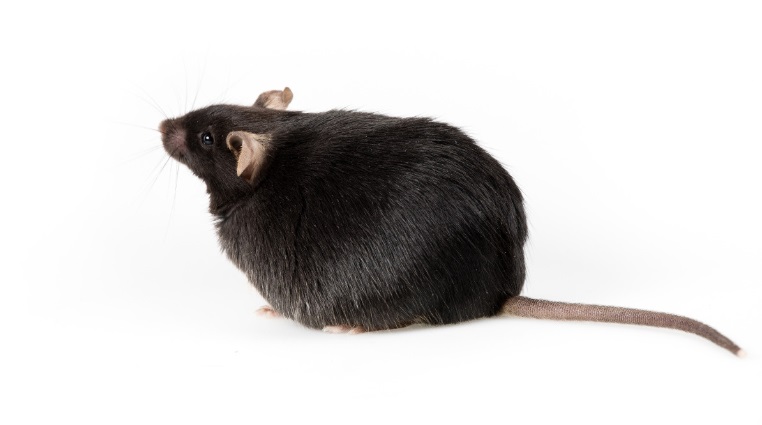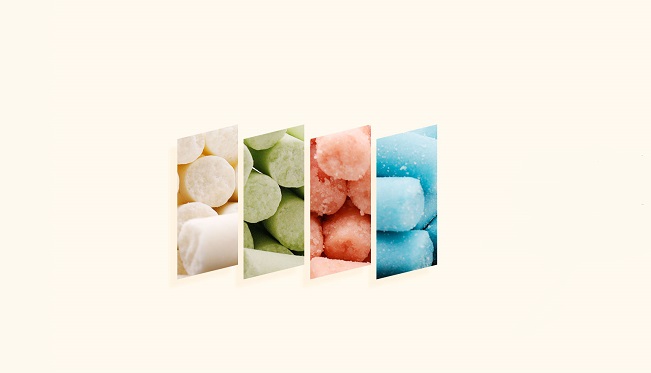Chronic kidney disease (CKD) plagues nearly 850 million people around the world. The first-line treatment is diet intervention. It has been confirmed that intestinal flora is associated with the progression of chronic kidney disease. Dietary intake of sulfur-containing amino acids (Saa) affects the progression of chronic kidney disease, but the specific mechanism is still unclear.

Wendy S. Garrett, from Harvard Medical School, used a mouse model of chronic kidney disease to study the relationship between the intestinal microbiota and protein intake, and found that the metabolism of sulfur-containing amino acids by bacteria regulates the production of indole through sulfide inhibition of tryptophan enzyme, thus eliminating the uremic toxicity of this metabolite in the model system, It also improved the progression of chronic kidney disease in mice. The results were published in Science in September 2020.
Low Saa + Ade diet and intestinal flora aggravate the progression of chronic kidney disease
In order to verify that the intake of sulfur-containing amino acids can improve the chronic kidney disease, the author used the chronic kidney disease model mice to carry out the experiment. By feeding SPF mice and germ-free mice with high and low content of Saa + Ade diet, it was found that the serum creatinine level of SPF mice in low content Saa + Ade diet group was significantly increased, and severe pathological changes of renal cortex were observed, while the serum creatinine and renal injury of non bacteria mice in the same group were significantly reduced; The phenotype of SPF mice in high Saa + Ade diet group was similar to that of germ-free mice, which indicated that low Saa + Ade diet aggravated the phenotype of chronic kidney disease, and the intestinal flora further amplified these effects.
The caecal sulfide levels of SPF and germ-free mice were detected by lead acetate or methylene blue method. The caecal sulfide levels of SPF mice fed with high content Saa + Ade diet were higher than those fed with low content Saa + Ade diet, while the caecal sulfide levels of germ-free mice were lower than those of SPF mice, indicating that the intestinal flora metabolized cysteine to H2S. Using 16S ribosomal RNA (rRNA) gene amplicon, there was no significant difference in the taxonomic abundance of intestinal microflora between SPF mice fed low and high Saa diets, indicating that the difference of cecal sulfide in healthy mice may be caused by the change of microbial function rather than the change of microbial community structure.

Interaction between E.coli and Saa in diet reduces renal injury
The mean gene abundance of standardized E. coli in patients with chronic kidney disease was higher than that in controls without chronic kidney disease. Colonization of ASF, or colonization of ASF and Escherichia coli K-12 in aseptic mice showed higher serum creatinine, more extensive tubulitis, tubular atrophy and abscission, peritubular fibrosis and cortical crystals, and higher cecal sulfide levels in low content Saa + Ade diet group. These results suggest that E. coli interacts with Saa in diet to regulate renal function.
Tnaa may be the target of interaction between host and microorganism in chronic kidney disease
Lead acetate sulfide detection experiments showed that aerobic or anaerobic growth of E. coli produced sulfide from cysteine in a dose-dependent manner, and sulfide produced polysulfide modifying cysteine residues, leading to s-sulfide hydration. Through quantitative proteomic analysis based on mass spectrometry, 212 s-sulfated proteins were identified. Among them, tryptophan can be degraded into indole, pyruvate and ammonia by tryptophan enzyme (tnaa). Indole is known to participate in the interaction between bacteria and host, and can also be transported to the liver through vein, which is oxidized in the liver to produce uremic toxin indole sulfate, Tnaa has become an attractive target for the study of host microbial interactions in mouse models of chronic kidney disease.
Saa regulates caecal indole level and renal function
As the genome of ASF bacteria does not encode tnaa gene, indole in the caecal contents of ASF mice could not be detected by LC-MS / MS, suggesting that E.coli is the only producer of indole in this model. Indole in the caecal contents of ASF mice fed with two diets was determined, and it was found that the level of indole in mice fed with high content Saa diet was significantly reduced, The results showed that high Saa diet not only increased tnaa sulfurization, but also affected tnaa activity in vivo.
Reference
L. Lobel, Y. G. Cao, K. Fenn, J. N. Glickman,W. S. Garrett, Diet posttranslationally modifies the mouse gut microbialproteome to modulate renal function. Science 369, 1518-1524 (2020)
 Formula Design of Lab Animal Diets
Formula Design of Lab Animal Diets
 Instruction for Use of Additives in the Lab Animal Diets
Instruction for Use of Additives in the Lab Animal Diets
 Correlation between body weight gain and temperature in mice
Correlation between body weight gain and temperature in mice
 3 Common Problems in Using High-Fat Rodent Diets
3 Common Problems in Using High-Fat Rodent Diets